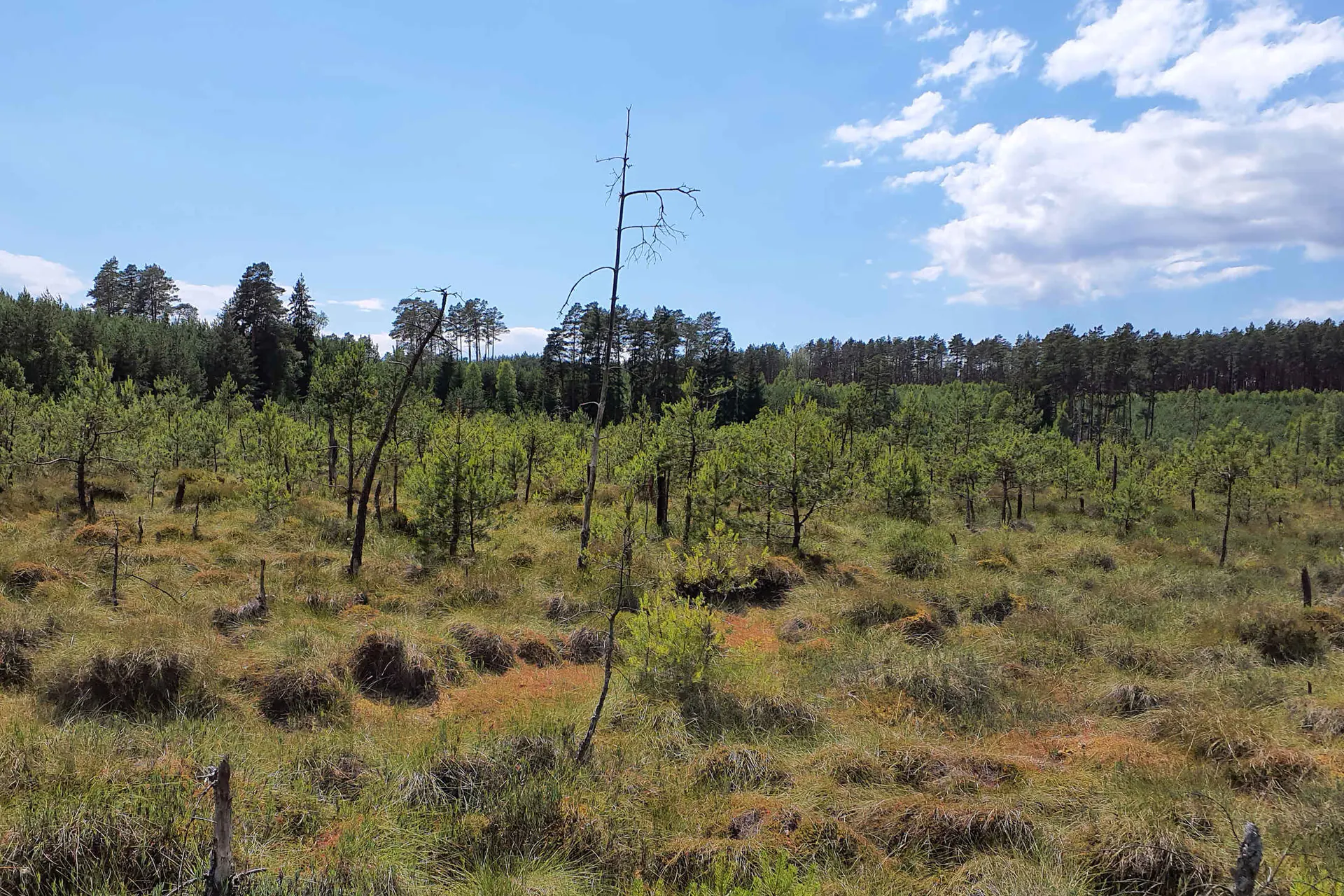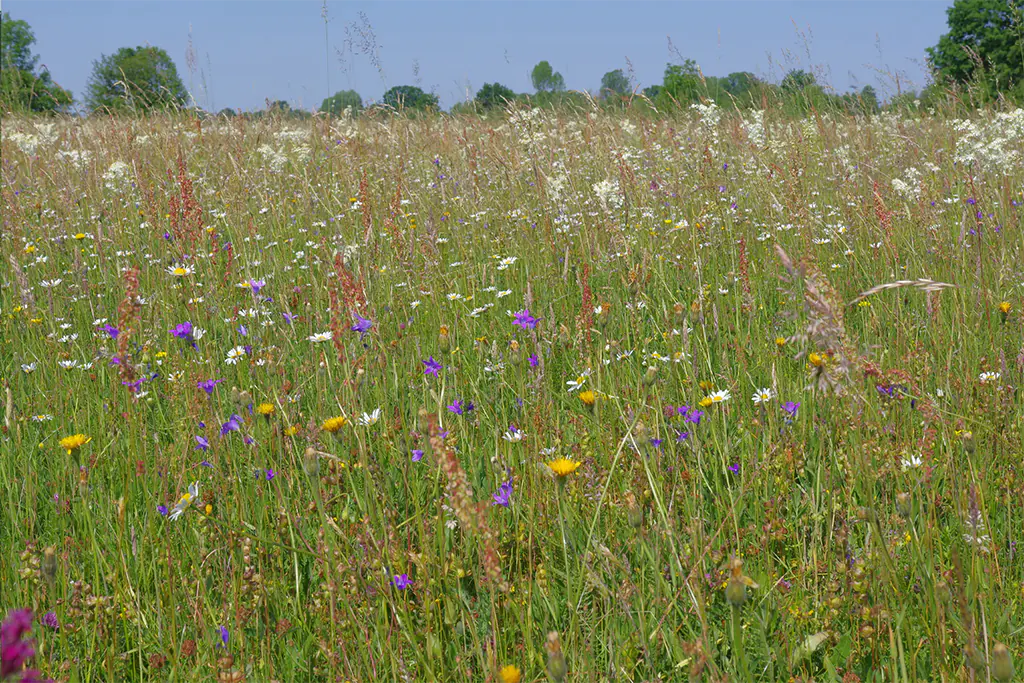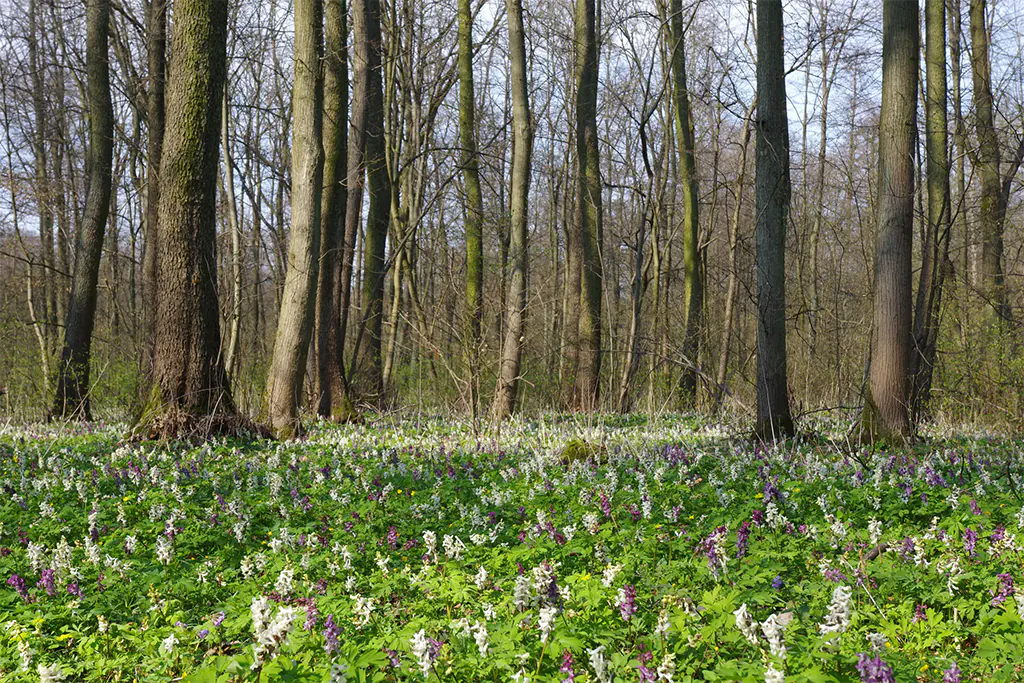
"Restoration and conservation of marshes, peatlands or other wetlands in Natura 2000 and Green Infrastructure areas."
Program led by Bureau for Forest Management and Geodesy in cooperation with the General Directorate for Environmental Protection
and the University of Agriculture in Krakow
Project value: 35 943 586.95 €, European Commission's share: 21 566 152.17 € NFOŚiGW share: 12 580 255.00 €
Project duration: December 1, 2022 - November 30, 2032











